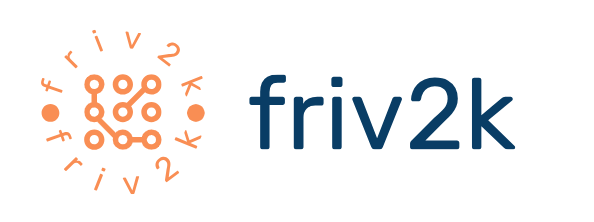
Blockchain Simplified: Navigating the Basics with Ease
Welcome to the world of blockchain, where digital transactions and decentralized ledgers are transforming the way we perceive and engage with the concept of trust. In this article, we’ll take you on a journey through the fundamental aspects of blockchain technology, breaking down complex concepts into easy-to-understand bits for the uninitiated.
The Birth of Blockchain: A Quick Historical Overview
To understand blockchain, let’s start with its roots. Blockchain technology emerged in 2008, introduced by an unknown entity or group of individuals using the pseudonym Satoshi Nakamoto. The technology was initially designed as the underlying structure for the cryptocurrency Bitcoin. It didn’t take long for enthusiasts to realize that the principles of blockchain extended far beyond digital currencies, offering a new paradigm for secure and transparent record-keeping.
Building Blocks of Digital Trust: How Blockchain Works
At its core, blockchain is a decentralized ledger that records transactions across a network of computers. Each transaction, or “block,” is linked to the one before and after it, creating a chain of information. This chain is maintained by a network of participants, known as nodes, who reach consensus on the validity of transactions through a process called mining. The decentralized nature of blockchain ensures that no single entity has control over the entire network, enhancing security and trust.
Decentralization: Redefining Trust in Transactions
One of the key features of blockchain is its decentralization. Unlike traditional centralized systems where a single authority governs transactions, blockchain distributes control among multiple nodes. This decentralization not only enhances security but also eliminates the need for intermediaries, such as banks, in transactions. This shift challenges the traditional model of trust, empowering individuals to engage in direct peer-to-peer transactions.
Cryptocurrency and Blockchain: Inseparable Partners
While blockchain extends beyond cryptocurrencies, it’s essential to recognize the symbiotic relationship between the two. Cryptocurrencies leverage blockchain technology to enable secure and transparent transactions without the need for traditional financial institutions. Bitcoin, the first and most well-known cryptocurrency, remains a prime example of the successful integration of blockchain in the financial landscape.
Smart Contracts: Automating Transactions with Precision
Smart contracts represent another exciting dimension of blockchain technology. These self-executing contracts use predefined rules and conditions to automate and enforce agreements without the need for intermediaries. Smart contracts not only streamline processes but also reduce the risk of fraud and human error. The potential applications of smart contracts range from legal agreements to supply chain management.
Challenges and Solutions: Addressing Blockchain Concerns
While blockchain holds immense promise, it’s crucial to acknowledge the challenges it faces. Scalability, energy consumption, and regulatory uncertainties are among the hurdles that the technology must overcome. Fortunately, ongoing research and development are dedicated to addressing these issues. Scalability solutions, energy-efficient consensus mechanisms, and evolving regulatory frameworks are shaping the future of blockchain, ensuring its continued integration into various industries.
Beyond Cryptocurrency: Diverse Applications of Blockchain
Blockchain’s impact extends far beyond the financial sector. Industries such as healthcare, supply chain, and real estate are exploring innovative ways to leverage blockchain for enhanced security, transparency, and efficiency. From securing medical records to tracking the origin of products in the supply chain, the applications of blockchain are diverse and continually expanding.
The Future of Trust: Embracing Blockchain Technology
As we navigate through the basics of blockchain, it’s evident that this technology has the potential to redefine trust in the digital age. Whether you’re a cryptocurrency enthusiast or someone exploring the broader applications of blockchain, understanding the fundamentals is the first step towards embracing the future of decentralized, transparent, and secure transactions. As blockchain continues to evolve, its impact on various industries and our daily lives is likely to be nothing short of transformative. Read more about blockchain eli5


